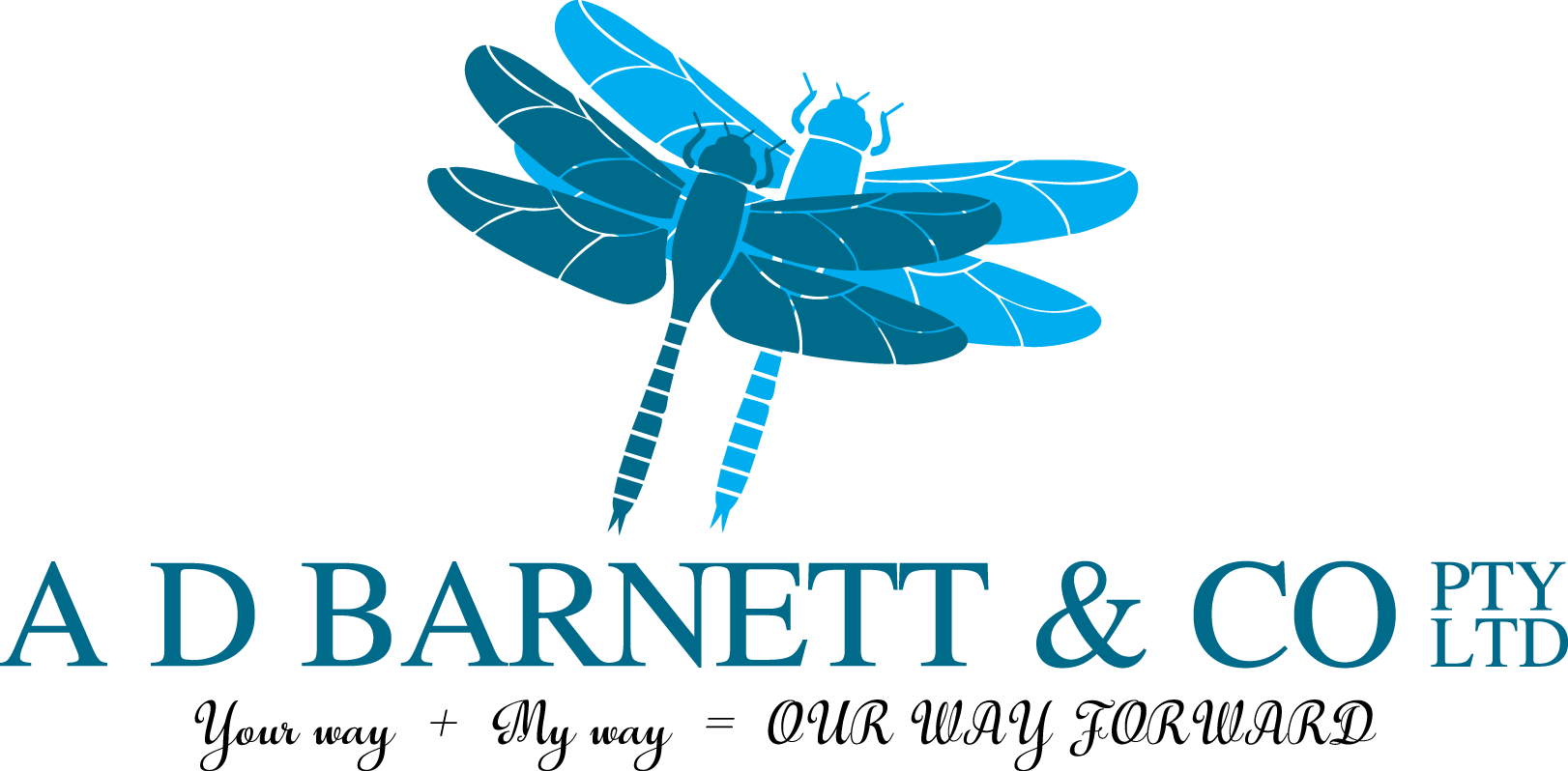Year of the Tiger: Roaring or Bellowing?
The 2022 Luna New Year, Year of the Tiger, is courage and bravery. It is a year to drive out evil and one of momentum and change. The message; walk boldly with courage. And it seems the Reserve Bank Governor is aligned with this sentime
The Tiger economy
At a recent speech to the National Press Club, Reserve Bank Governor Philip Lowe was optimistic about Australia’s prospects in 2022. This optimism is driven by strong GDP growth that saw growth outstrip the RBA’s forecast to reach 5%, and strong jobs growth with the unemployment rate at 4.2% – the lowest rate since the resources boom. Unemployment is expected to reduce further to 3.75% by the end of 2022, and if it does, it will be the lowest unemployment level since the early 1970s. Underemployment is also at its lowest rate in 13 years.
In addition, “household and business balance sheets are generally in good shape and wages growth is picking up.”
The surprise inflation figures
While wages growth is “picking up”, the forecast remains sluggish at 2.25%. Australia’s wages growth has remained lethargic for a decade now, which will come as a surprise to many business operators competing for skilled workers as, on the ground, the opposite feels true. Combined with a surprise spike in inflation (CPI) well above expectations at 3.5% (+2% on RBA forecasts), pushed predominantly by a sharp increase in petrol prices (32% over the past year) and the cost of constructing new homes, the purchasing power of Australians has declined. There has also been a large increase in the price of consumer durables (cars, fridges etc.,) and less discounting in the face of strong demand as supply chain problems take hold.
Australia is not alone in this. The UK inflation rate jumped to 5.4%, 5.7% in the United States and 5.9% in New Zealand in the same period.
Supply woes
The sharp increase in interest rates comes on the back of, “very significant disruptions in supply chains and distribution networks,” with labour shortages in particular dominating news coverage as businesses struggle to maintain momentum with staff impacted by either COVID-19 or isolation requirements. National Cabinet harmonised the definition of a ‘close contact’ at the end of December 2021 for most Australian States and Territories and reduced the isolation period to seven days (from 14).
The recent NAB quarterly business survey reported that, “ongoing supply chain issues and border closures saw 85% of firms report availability of labour as a constraint on output, while 47% reported availability of materials as a constraint – both records in the history of the survey. As a result, both cost growth and retail price growth remained elevated.” With global staff shortages, come bottlenecks in the supply chain. For many businesses, estimating what stock they need has become a crystal ball exercise rather than a predictable science and in some cases they are ordering ahead to reduce the supply risks, which has a knock-on effect of increasing demand for raw materials. And, this is without factoring in the problem of panic buying (toilet paper anyone) as customers anxiously watch dwindling supplies on supermarket shelves. Supply chain problems, both in Australia and globally, are not anticipated to normalise for another 12 to 24 months.
The RBA Governor’s three takeaways are:
- The economy has been remarkably resilient;
- The link between the strength of the real economy and prices and wages remains alive; and
- The supply side matters for both economic activity and prices.
You could almost add, no one really knows, as a fourth point as an unexpected change, like a new virulent COVID variant, or further lockdowns, could rewrite the forecasts. But, there is plenty of room for optimism. What we have seen to date is that when there is an opportunity to rebound, to return to normal, the economy bounces back quickly and often much faster than anticipated. Afterall, health, not the economy, has been the catalyst for the crisis.
When will interest rates rise?
During his National Press Club address, Mr Lowe was asked the question, “those people are now looking very carefully at your words, trying to read the tea leaves and work out what they do with their mortgages? You obviously can’t go to the RBA Governor looking for individual financial advice. But, if it was your mortgage, would you be scrambling for a fixed rate or sticking with a variable?”
His response, “… the advice that I would give to people is, make sure that you have buffers. Interest rates will go up. And the stronger the economy, the better progress on unemployment, the faster and the sooner the increase in interest rates will be. So, interest rates will go up.”
A rate increase by the RBA would be the first since November 2020. Westpac and AMP Capital are both forecasting the first increase to occur in August this year, then a second towards the end of 2022.
While the RBA might be taking a ‘steady as she goes’ approach, many lenders have already factored in increases as the international cost of funding increases. RateCity data shows that, “a total of 17 lenders have hiked fixed rates so far this year, but that number will rise and quickly” – Westpac increased its fixed rates at the end of January and the CBA and ING (for new customers only) at the start of February.
But with households having accumulated more than $200 billion in additional savings over the past 2 years, the RBA is hopeful that any increase will dampen inflation pressures but not impinge on growth.
Professional Services Firm Profits Guidance Finalised
The Australian Taxation Office’s finalised position on the allocation of profits from professional firms starts on 1 July 2022.
The ATO’s guidance uses a series of factors to determine the level of risk associated with profits generated by a professional services firm and how they flow through to individual practitioners and their related parties. The ATO may look to apply the general anti-avoidance rules in Part IVA to practitioners who don’t fall within the low-risk category.
With the new guidelines taking effect on 1 July 2022, professional firms will need to assess their structures now to understand their risk rating, and if necessary, either make changes to reduce their risks level or ensure appropriate documentation is in place to justify their position.
The problem
The finalised guidance has had a long gestation period. The ATO has been concerned for some time about how many professional services firms are structured – specifically, professional practices such as lawyers, accountants, architects, medical practices, engineers, architects etc., operating through trusts, companies and partnerships of discretionary trusts and how the profits from these practices are being taxed.
The ATO guidance takes a strong stance on structures designed to divert income in a way that results in principal practitioners receiving relatively small amounts of income personally for their work and reducing their taxable income. Where these structures appear to be in place to divert income to create a tax benefit for the professional, Part IVA may apply. Part IVA is an integrity rule which allows the Commissioner to remove any tax benefit received by a taxpayer where they entered into an arrangement in a contrived manner in order to obtain a tax benefit. Significant penalties can also apply when Part IVA is triggered.
Determining the risk rating
The guidance sets out a series of tests which are used to calculate a risk score. This risk score is then used to classify the practitioner as falling within a Green, Amber or Red risk zone, which determines if the ATO should take a closer look at you and your firm. Those in the green zone are at low risk of the ATO directing its compliance efforts to you. Those in the red zone, however, can expect the ATO to conduct further analysis as a matter of priority which could lead to an ATO audit.
Before calculating the risk score it is necessary to consider two gateway tests:
- Gateway 1 – considers whether there is commercial rationale for the business structure and the way in which profits are distributed, especially in the form of remuneration paid. Red flags would include arrangements that are more complex than necessary to achieve the relevant commercial objective, and where the tax result is at odds with the commercial venture, for example, where a tax loss is claimed for a profitable commercial venture.
- Gateway 2 – requires an assessment of whether there are any high-risk features. The ATO sets out some examples of arrangements that would be considered high-risk, including the use of financing arrangements relating to transactions between related parties.
If the gateway tests are passed, then you can self-assess your risk level against the ATO’s risk assessment factors. There are three factors to be considered:
- The professional’s share of profit from the firm (and service entities etc) compared with the share of firm profit derived by the professional and their related parties;
- The total effective tax rate for income received from the firm by the professional and their related parties; and
- The professional’s remuneration as a percentage of the commercial benchmark for the services provided to the firm.
The resulting ‘score’ from these factors determines your risk zone. Some arrangements that were considered low risk in prior years under the ATO’s previous guidance may now fall into a higher risk zone. In these cases, the ATO is allowing a transitional period for those practitioners to continue to apply the previous guidelines until 30 June 2024.
For professional services firms, it will be important to assess the risk level and this needs to be done for each principal practitioner separately. Those in the amber or red zone who want to be classified as low risk need to start thinking about what needs to change to move into the lower risk zone.
Where other compliance issues are present – such as failure to recognise capital gains, misuse of the superannuation systems, failure to lodge returns or late lodgement, etc., – a green zone risk assessment will not apply.




